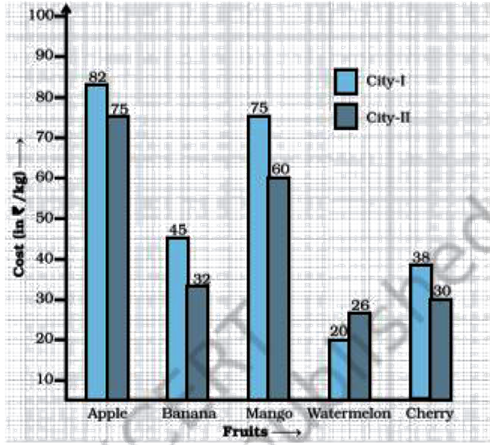Which of the following are assumptions for breakeven analysis is ............. ?
(a) Elements of cost cannot be divided in different groups.
(b) Fixed cost remains certain from zero production to full capacity.
(c) Behaviour of different costs is linear
(d) Selling per price units remains constant.
A, B, C
B, C, D
A, C, D
A, B, D
The correct Answer is:B
Topper's Solved these Questions
- APPLICATION OF CALCULUSBOOK - ICSECHAPTER - APPLICATION OF CALCULUSEXERCISE - Assertion and Reason based questions
5 Videos
- APPLICATION OF CALCULUSBOOK - ICSECHAPTER - APPLICATION OF CALCULUSEXERCISE - Competency based questions
10 Videos
- APPLICATION OF CALCULUS IN COMMERCE AND ECONOMICSBOOK - ICSECHAPTER - APPLICATION OF CALCULUS IN COMMERCE AND ECONOMICSEXERCISE - MULTIPLE CHOICE QUESTIONS (Choose the correct answer from the given four options in questions)
14 Videos
Similar Questions
Which one has the dimensions different from the remaining three
A. power
B. work
C. torque
D. energy
View SolutionThe information about the total cost for a firm is given below :

From this information find out : (a) Average fixed cost of producing 3 units, (b) Marginal cost of producing 4th unit, (c ) Output level when marginal cost is greatest , (d) Total variable cost of producing 5 units,
(e) Average variable cost of producing 3 units, (f) Averge total of producing 4 units.
View Solution
Knowledge Check
Radha uses travel tickets of different types. Which of the following concepts could be effectively discussed by using such tickets?
A. The cost of travel by different means is different.
B. The cost of travel depends upon the fuel used by the vehicle.
C. We need tickets to travel by public transport from one place to another.
D. Understanding the reservation process.AC and DBA and DCA and CDB and CRadha uses travel tickets of different types. Which of the following concepts could be effectively discussed by using such tickets?
A. The cost of travel by different means is different.
B. The cost of travel depends upon the fuel used by the vehicle.
C. We need tickets to travel by public transport from one place to another.
D. Understanding the reservation process.AC and DBA and DCA and CDB and CWhich of the following statements can be filled in the decision box?
(a) is it hot ?
(b) how much is the cost of an apple?
(c ) is the price less than Rs 200
(d) you are going to movie aren 't you?AB,C,DBA,CCA,C,DDAll the above
Statement : The cost of manufacturing cars in state A is 30 percent less than the cost of manufacturing cars in state B. After transportation fee for the differential distances of stats A and B and the interstate taxes, it is cheaper to manufacture cars in state B than A for selling these cars in state C. Which of the following supports the conclusion drawn in the above statement?
1) The cost of transportation from state A to state C is more than 30 percent of the production cost.
2) The production cost of cars in state B is lower in comparison to state A.
3) Only entry tax at state C is more for the products originating in state A.
4) Entry tax at state C is more for the products originating in state B.
5) The total of transportation cost of cars from state B to state C and entry tax of cars at state C is less than 30 percent of the production cost cars in state B.
View SolutionStudy the double bar graph given below and answer the questions that follow:

(a) What information does the above double graph depict?
(b) Name the fruits for which cost of 1 kg is greater in City I as compared to City II.
(c) What is the difference of rates for apples in both the cities?
(d) Find the ratio of the cost of mangoes per kg in City I to the cost of mangoes per kg in City II.
View SolutionA firm manufactures two products, each of which must be processed through two departments, 1 and 2. The hourly requirements per unit for each product in each department, the weekly capacities in each department, selling price per unit, labour cost per unit, and raw mater cost per unit are summarized as follows: , Product A, Product B, Weekly capacity Department 1 Department 2 Selling price per unit Labour cost per unit Raw material cost per unit, 3 4 Rs. 25 Rs. 16 Rs. 4, 2 6 Rs. 30 Rs. 20 Rs. 4, 130 260 The problem is to determine the number of units to produce each product so as to maximize total contribution to profit. Formulate this as a LPP.
View SolutionOn an article the profit is 230% of the cost price. If the cost price increases by 50% but the selling price remains constant, then what is the new profit per cent?
View SolutionOf the following quantities which one has the dimensions different from the remaining three?
(i) Energy density
(ii) Force per unit area
(iii) Product of charge per unit volume and voltage
(iv) Angular momentum per unit mass
View Solution
